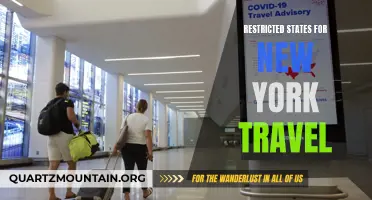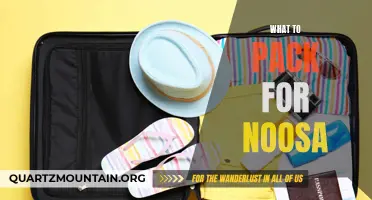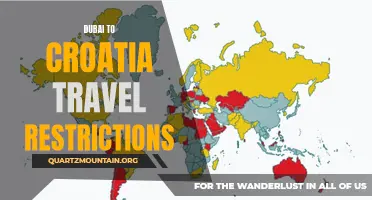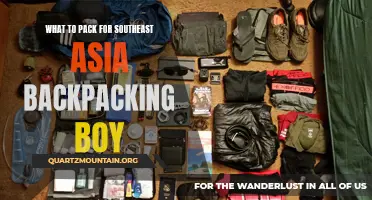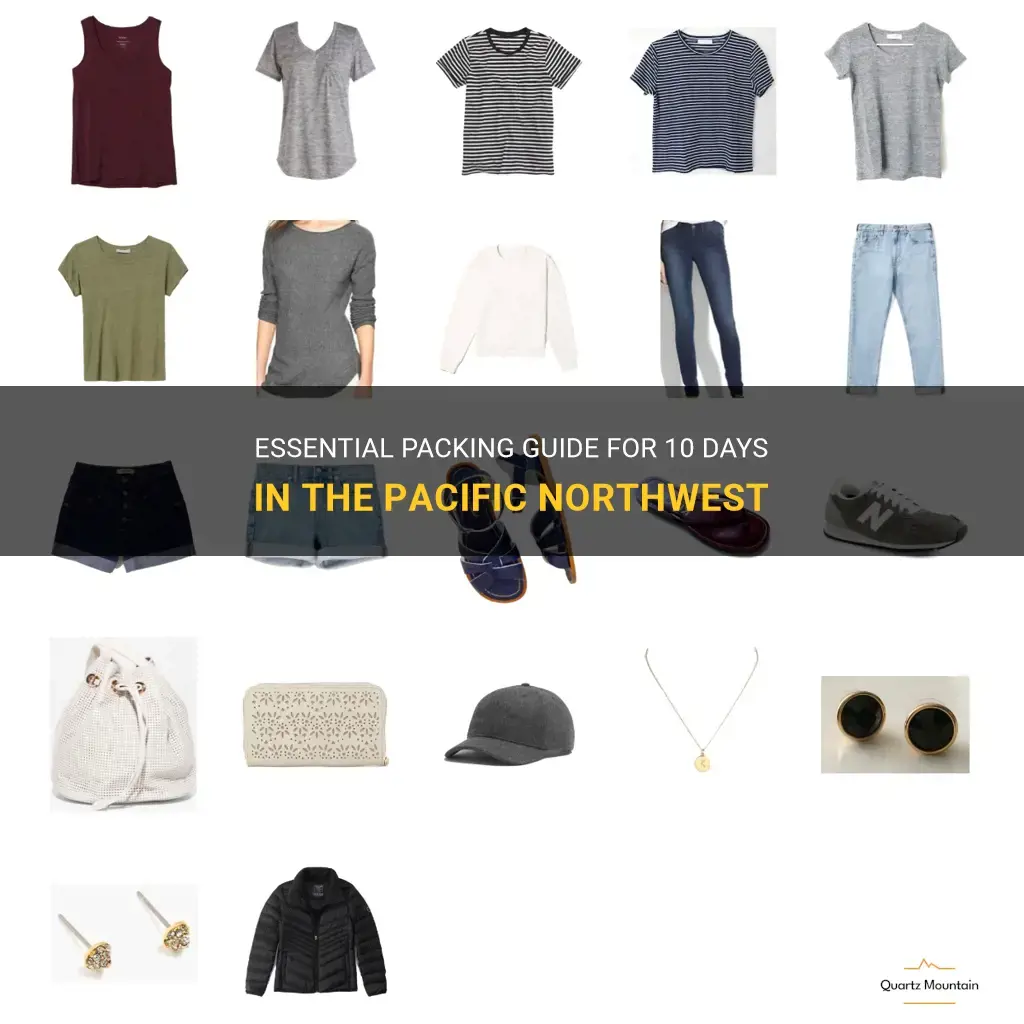
The Pacific Northwest is a breathtaking region filled with lush forests, stunning coastlines, and vibrant cities. If you're planning a visit to this diverse and enchanting destination for 10 days, it's important to pack wisely. From the rugged terrain of Olympic National Park to the bustling streets of Seattle, this essential packing guide will ensure you're prepared for all the adventures and weather conditions that await you in the Pacific Northwest. So grab your backpack and get ready for an unforgettable journey through one of America's most captivating regions.
| Characteristics | Values |
|---|---|
| Weather | Rainy/cloudy |
| Temperature | 50-70 degrees |
| Clothing | Layered clothing |
| Rain gear | Rain jacket, umbrella |
| Footwear | Waterproof shoes/boots |
| Outdoor gear | Hiking boots, backpack |
| First aid kit | Band-aids, pain relievers |
| Toiletries | Toothbrush, toothpaste |
| Electronics | Phone, camera, charger |
| Reusable water bottle | Hydration |
| Snacks | Granola bars, nuts |
What You'll Learn
- What are essential clothing items to pack for 10 days in the Pacific Northwest?
- What type of footwear is recommended for outdoor activities in the Pacific Northwest?
- Are there any specific toiletries or personal care items that are necessary for the Pacific Northwest climate?
- Is it necessary to pack rain gear for a 10-day trip to the Pacific Northwest?
- Are there any specific electronics or accessories that are recommended for a trip to the Pacific Northwest?

What are essential clothing items to pack for 10 days in the Pacific Northwest?
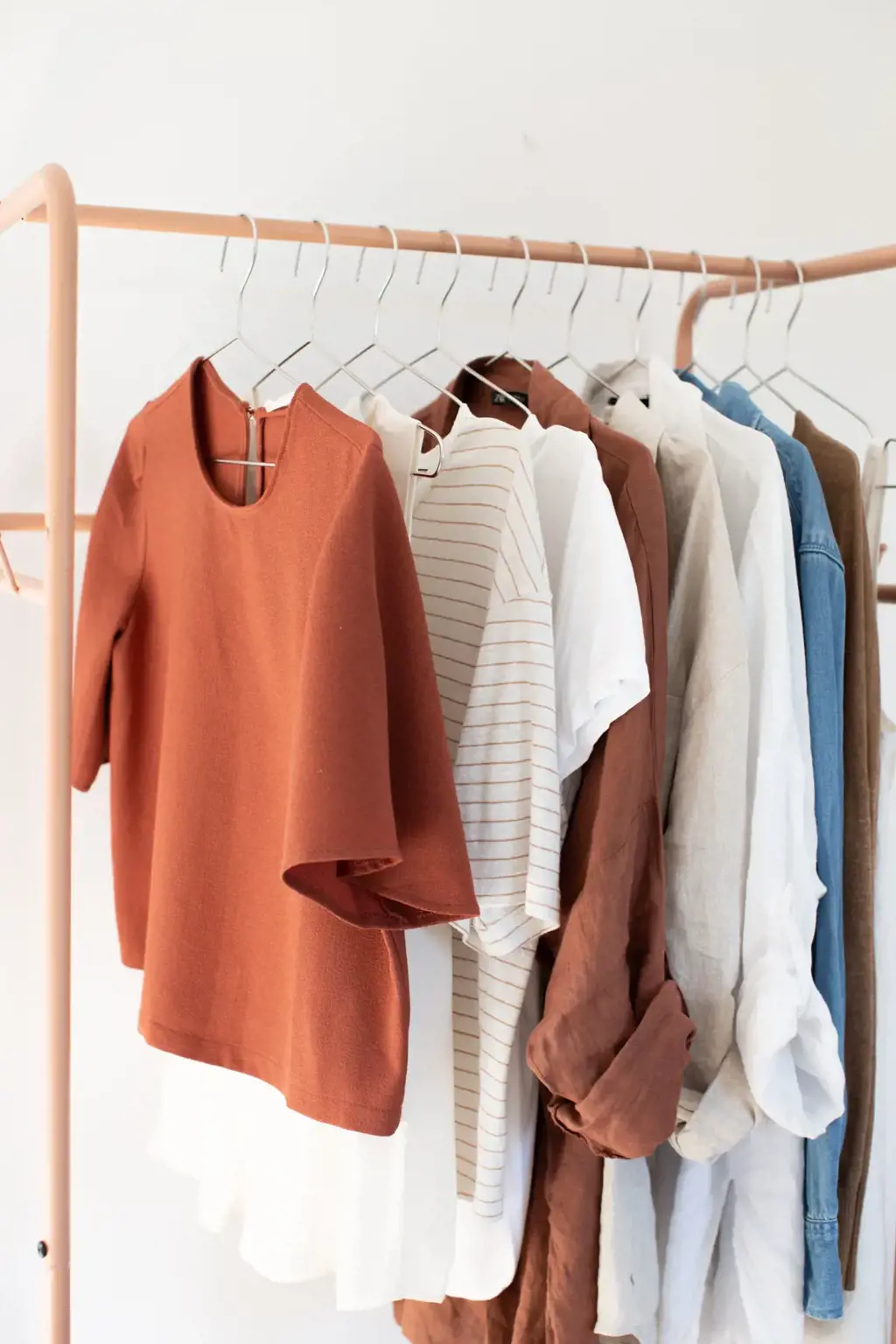
When packing for a 10-day trip to the Pacific Northwest, it is important to be prepared for the region's unique weather patterns and outdoor activities. The Pacific Northwest is known for its temperate climate, which can be both rainy and mild. To ensure you are comfortable and ready for any adventure, here are some essential clothing items to pack:
- Waterproof Jacket: With the region's frequent rainfall, a good quality waterproof jacket is a must-have. Look for a jacket that is both waterproof and breathable, so you can stay dry without overheating.
- Layered Tops: The weather in the Pacific Northwest can change quickly, so it's important to pack a variety of tops that can be layered. Consider packing a mix of t-shirts, long-sleeve shirts, and lightweight sweaters to accommodate different temperatures.
- Outdoor Pants: Whether you plan on hiking, exploring the city, or simply enjoying the outdoors, a pair of durable outdoor pants is essential. Look for pants that are made from quick-drying and stretchable materials so you can move comfortably.
- Hiking Boots: If you plan on doing any outdoor activities such as hiking or exploring nature trails, a good pair of hiking boots is a must. Look for boots that provide ankle support and have a sturdy sole for traction on wet and uneven terrain.
- Warm Hat and Gloves: Even during the summer months, the Pacific Northwest can get chilly in the evenings. Pack a warm hat and gloves to keep yourself cozy during cooler nights or when you're at higher elevations.
- Comfortable Shoes: In addition to hiking boots, it's also important to pack a pair of comfortable shoes for everyday activities. Look for shoes that are waterproof or water-resistant, as you may encounter rain or wet surfaces during your trip.
- Swimwear: If you plan on visiting the coast or exploring the region's lakes and rivers, don't forget to pack swimwear. Even if the water may be cold, you'll want the option to take a refreshing dip or enjoy water-based activities.
- Quick-drying Towel: If you'll be spending time near the water, a quick-drying towel is a handy item to have. These towels are lightweight and dry quickly, making them perfect for outdoor adventures.
- Sun Protection: The Pacific Northwest may not be known for its sunny weather, but it's still important to protect yourself from the sun's rays. Pack a wide-brimmed hat, sunglasses, and sunscreen to shield your skin from harmful UV rays.
- Rain Gear: Finally, be sure to pack additional rain gear such as a waterproof backpack cover or a small umbrella. These items will help protect your belongings and keep you dry during unexpected downpours.
By packing these essential clothing items, you will be well-prepared for a 10-day trip to the Pacific Northwest. Whether you plan on exploring the vibrant cities, hiking through lush forests, or enjoying the region's beautiful coastline, you'll have the right clothing to stay comfortable and make the most of your adventure.
What to Pack for Your January Trip to Maui
You may want to see also

What type of footwear is recommended for outdoor activities in the Pacific Northwest?
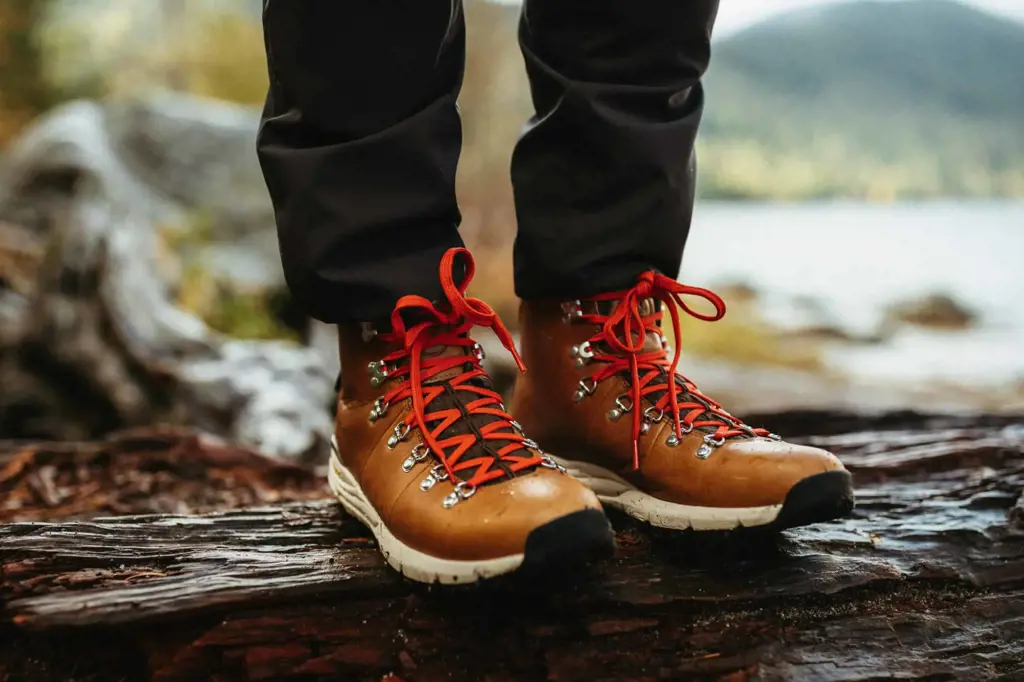
When it comes to outdoor activities in the Pacific Northwest, having appropriate footwear is crucial. The region is known for its wet climate, rugged terrain, and diverse ecosystems, which can make it challenging to find the right shoes or boots that will keep you comfortable and protected.
To navigate the Pacific Northwest's varying landscapes and weather conditions, it is recommended to invest in waterproof and breathable footwear. The combination of rain and moisture can quickly turn a pleasant hike into a soggy and uncomfortable experience, so having waterproof shoes will help keep your feet dry. Additionally, breathable materials allow for air circulation, preventing sweating and reducing the risk of blisters or foot odor.
When choosing footwear, opt for options that have good traction. The Pacific Northwest is known for its slippery rocks, muddy trails, and moss-covered paths, so having shoes or boots with grippy soles is essential for safety. Look for footwear that features deep lugs, which provide extra traction and stability on different types of terrain.
For hiking and backpacking activities, it is advisable to choose footwear with ankle support. The Pacific Northwest's rugged trails and uneven surfaces can put strain on your ankles, and having the added support can help prevent sprains or injuries. Look for hiking boots that offer ankle padding and a snug fit to provide stability during your outdoor adventures.
In terms of materials, leather and synthetic materials like Gore-Tex are popular choices for outdoor footwear in the Pacific Northwest. Leather is durable, water-resistant, and can be treated to enhance its waterproof properties. Synthetic materials like Gore-Tex offer excellent waterproofing while also providing breathability.
As an example, one popular option for outdoor footwear in the Pacific Northwest is the Merrell Moab 2. These hiking shoes are known for their waterproof and breathable constructions, with features like Vibram outsoles for superior traction. They provide support and comfort for long hikes in various terrains, making them a favorite among outdoor enthusiasts in the region.
When it comes to outdoor activities in the Pacific Northwest, having the right footwear can make a significant difference in your overall experience. By investing in waterproof, breathable, and traction-enhancing shoes or boots with ankle support, you'll be ready to explore the region's beautiful landscapes and embrace the unpredictable weather conditions. So, lace up your favorite pair and get ready for exciting adventures in the Pacific Northwest!
Essential Packing Guide for a Trip to Disney World
You may want to see also

Are there any specific toiletries or personal care items that are necessary for the Pacific Northwest climate?

The Pacific Northwest is known for its lush forests, abundant rainfall, and temperate climate. Whether you are a resident or a visitor to this beautiful region, there are a few toiletries and personal care items that can be particularly useful in ensuring your comfort and well-being in the unique climate of the Pacific Northwest.
- Moisturizers: The Pacific Northwest is characterized by its high humidity levels, which can lead to dry skin. To combat this, it is essential to have a good moisturizer on hand. Look for products that are specifically designed for dry or sensitive skin, and choose a moisturizing cream or lotion that is free from harsh chemicals and fragrances.
- Sunscreen: Despite its reputation for rain, the Pacific Northwest can have surprisingly sunny and hot summer days. It is important to protect your skin from harmful UV rays, even on cloudy days. Opt for a broad-spectrum sunscreen with a high SPF, and apply it generously to all exposed areas of skin, including your face, neck, and hands.
- Rain gear: Rain is a common occurrence in the Pacific Northwest, so it is wise to invest in high-quality rain gear. A waterproof jacket or coat with a hood, along with waterproof pants and boots, will help keep you dry and comfortable in wet conditions. It is also worth considering a compact and lightweight umbrella for added protection.
- Lip balm: The combination of cool temperatures and frequent rainfall can be harsh on your lips, causing them to become dry and chapped. Carry a nourishing lip balm with you at all times to keep your lips hydrated and protected from the elements. Look for a lip balm that contains natural ingredients such as beeswax or shea butter.
- Bug repellent: The Pacific Northwest is home to a wide variety of insects, including mosquitoes and ticks. To avoid bug bites and potential diseases, it is important to use a reliable insect repellent. Look for a repellent that contains DEET, as it is highly effective against mosquitoes and ticks. Follow the instructions on the product label and reapply as necessary.
- Hair care products: The high humidity levels in the Pacific Northwest can wreak havoc on your hair, causing frizz and flyaways. To keep your hair looking its best, consider using anti-frizz serums, leave-in conditioners, and hair oils. These products can help to control frizz, add shine, and protect your hair from humidity.
- Hiking essentials: The Pacific Northwest is known for its stunning landscapes and outdoor recreational opportunities. If you plan on exploring the region's trails and forests, be sure to pack some essential hiking supplies. These may include a sturdy backpack, a hat to protect yourself from the sun or rain, a first aid kit, and a water bottle to stay hydrated.
In conclusion, although there are no specific toiletries or personal care items that are necessary for the Pacific Northwest climate, there are a few items that can greatly enhance your comfort and well-being in this unique environment. Moisturizers, sunscreen, rain gear, lip balm, bug repellent, hair care products, and hiking essentials are all worth considering when preparing for your time in the Pacific Northwest. Remember to choose products that are suitable for your individual needs and preferences, and enjoy your time exploring all that this beautiful region has to offer!
Essential Items to Pack for a Smooth Transition to UT Knoxville
You may want to see also

Is it necessary to pack rain gear for a 10-day trip to the Pacific Northwest?
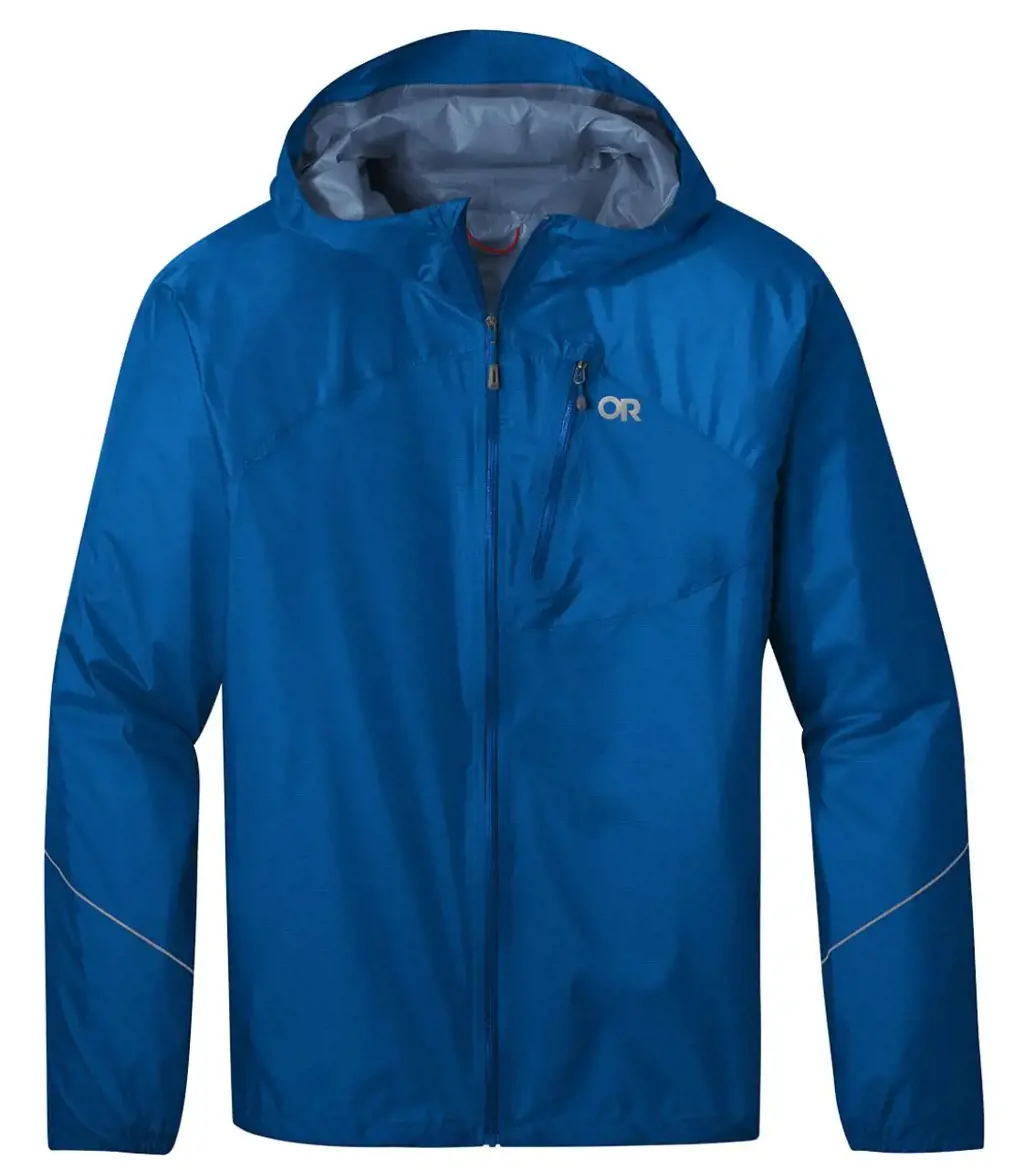
When planning a 10-day trip to the Pacific Northwest, it is essential to consider the region's notorious rainfall. The Pacific Northwest, comprising states such as Washington and Oregon, is known for its damp weather, even during the summer months. Thus, it is highly recommended to pack rain gear for such a trip.
Scientifically speaking, the Pacific Northwest experiences high levels of rainfall due to its unique geographical features. The region's proximity to the Pacific Ocean results in the interception of moisture-laden air masses, leading to a high frequency of rain. This scientific phenomenon makes it highly likely that travelers will encounter rain during their 10-day trip.
Furthermore, the experience of seasoned travelers to the Pacific Northwest strengthens the case for packing rain gear. Many individuals who have visited the region attest to the regularity of rain showers, regardless of the time of year. Even during the summer, sudden downpours can occur, often catching unsuspecting tourists off guard. By packing rain gear, travelers can be prepared for such weather conditions and avoid discomfort or inconvenience.
To pack effectively, it is important to consider the specific rain gear items to bring. A waterproof or water-resistant jacket should be at the top of the list. Look for jackets with sealed seams to keep water out completely. Additionally, waterproof pants or a rain skirt can provide extra protection for the lower body. Other essentials include waterproof shoes or sturdy boots and a compact umbrella that can easily fit into a backpack. These items will ensure that travelers are adequately prepared for unexpected rain showers.
To further emphasize the necessity of rain gear, consider the following examples. Imagine touring Seattle's iconic Pike Place Market, where stalls of fresh produce and crafts are exposed to the elements. Without rain gear, individuals may find themselves drenched and unable to fully enjoy the experience. Similarly, exploring the lush greenery and breathtaking waterfalls of the Columbia River Gorge will be much more enjoyable with proper rain gear that allows visitors to embrace the natural beauty without worrying about getting wet.
In conclusion, when embarking on a 10-day trip to the Pacific Northwest, packing rain gear is absolutely necessary. The scientific basis of the region's rainfall, experiences of previous travelers, step-by-step packing considerations, and examples of popular tourist destinations all point to the importance of being prepared for rain. By packing the appropriate gear, travelers can ensure a comfortable and enjoyable trip, regardless of the weather conditions.
Essential Items to Pack for Head Coverage While Traveling in India
You may want to see also

Are there any specific electronics or accessories that are recommended for a trip to the Pacific Northwest?

When planning a trip to the Pacific Northwest, there are several electronics and accessories that can enhance your experience and ensure you're prepared for the unique conditions of the region. From capturing stunning landscapes to staying connected in remote areas, here are some recommended items to bring along on your trip.
- Camera: The Pacific Northwest is known for its breathtaking natural beauty, including lush forests, towering mountains, and picturesque coastlines. A good camera is essential for capturing these stunning landscapes. Consider investing in a DSLR or mirrorless camera with a wide-angle lens to capture the vastness of the region. Additionally, bring extra memory cards and batteries to ensure you don't miss out on any photo opportunities.
- Waterproof Gear: The Pacific Northwest is notorious for its rainy weather, so it's essential to come prepared with waterproof gear. A waterproof rain jacket, pants, and shoes will keep you dry and comfortable during hikes and outdoor activities. Additionally, consider bringing a waterproof cover for your camera or a waterproof case for your electronic devices to protect them from moisture.
- Portable Power Bank: Exploring the Pacific Northwest often involves venturing into remote areas with limited access to electricity. A portable power bank is a must-have accessory to keep your electronic devices charged. Look for a power bank with a high capacity, capable of charging your smartphone, camera, and other devices multiple times. This will ensure that you can stay connected and capture memories even when you're away from power sources.
- GPS Device or Smartphone with Navigation Apps: The Pacific Northwest is known for its vast wilderness and intricate trail systems. To navigate through these areas safely, bring a GPS device or ensure your smartphone is equipped with reliable navigation apps. These tools will help you stay on the right path and prevent you from getting lost in the wilderness. It's also a good idea to download offline maps of the region in case you lose cellular reception.
- Binoculars: The Pacific Northwest is home to a wide variety of wildlife, including whales, birds, and other marine creatures. Bringing a pair of binoculars will allow you to observe these animals from a distance without disturbing them. Binoculars can also enhance your overall nature viewing experience, allowing you to spot details that may not be visible to the naked eye.
- Outdoor Clothing: The weather in the Pacific Northwest can be unpredictable, so it's important to bring appropriate outdoor clothing. Layering is key to adapt to changing conditions. Pack lightweight and quick-drying clothes that can be layered to provide warmth and moisture-wicking properties. Don't forget to include a hat, gloves, and a warm jacket for cooler temperatures at higher elevations.
- Portable Water Filter: The Pacific Northwest is known for its pristine lakes, rivers, and streams. While these water sources may appear clean, it's always a good idea to filter or purify the water before drinking it. Packing a portable water filter or purification tablets will ensure you have access to safe drinking water during your outdoor adventures.
In conclusion, when embarking on a trip to the Pacific Northwest, it's important to bring specific electronics and accessories to enhance your experience and ensure your safety. A good camera, waterproof gear, portable power bank, GPS device or smartphone with navigation apps, binoculars, outdoor clothing, and a portable water filter are all recommended items to consider. By coming prepared with these essentials, you'll be able to capture the beauty of the region, stay connected, and navigate through the wilderness with ease.
The Ultimate Guide to Packing the Perfect Alaskan Summertime Wardrobe
You may want to see also
Frequently asked questions
When packing for a 10-day trip to the Pacific Northwest, it's important to be prepared for a variety of weather conditions. Pack a mix of lightweight layers that you can easily add or remove as needed. This should include t-shirts, long-sleeve shirts, lightweight sweaters or fleeces, and a waterproof jacket. Don't forget to pack a few pairs of jeans or pants, comfortable walking shoes, and a hat for protection against both rain and sun.
Yes, if you plan on participating in outdoor activities in the Pacific Northwest, there are a few essential items to pack. Firstly, bring a good pair of hiking boots or sturdy walking shoes to navigate the uneven terrain. Additionally, bring a backpack with a water bottle or hydration bladder, a map or GPS device, and sun protection like sunscreen and sunglasses. It's also a good idea to pack a lightweight, quick-drying towel and a swimsuit if you plan on swimming in the region's lakes and rivers.
In addition to clothing and outdoor gear, there are a few other essentials to pack for a 10-day trip to the Pacific Northwest. Don't forget to bring a travel adapter if you're visiting from a different country, as the region uses different plug types. It's also a good idea to pack a reusable water bottle to stay hydrated throughout your trip. Depending on your preferences, you may want to bring a camera or binoculars to capture the stunning landscapes and wildlife. Finally, pack any necessary medications and a small first aid kit for emergencies.


